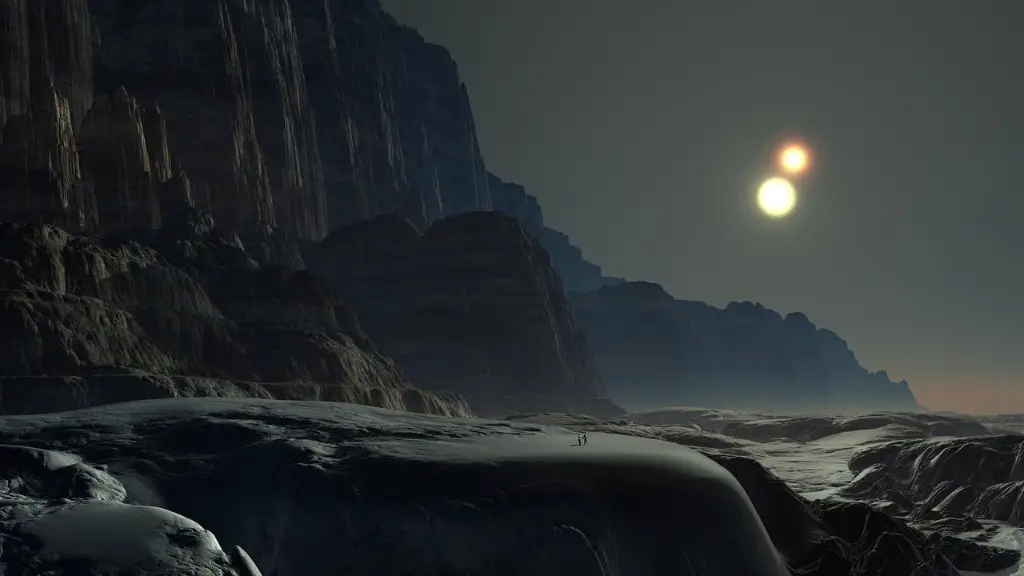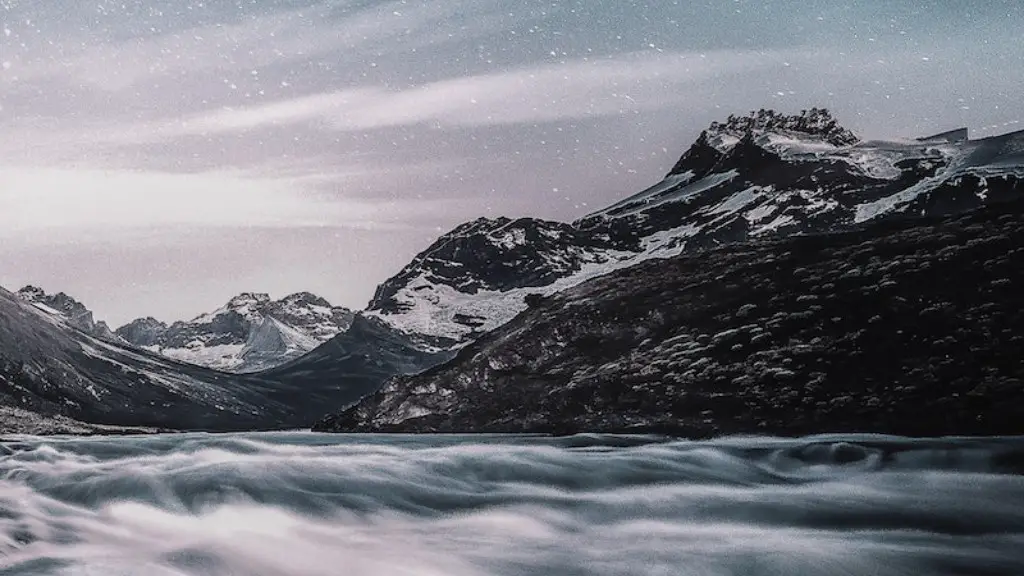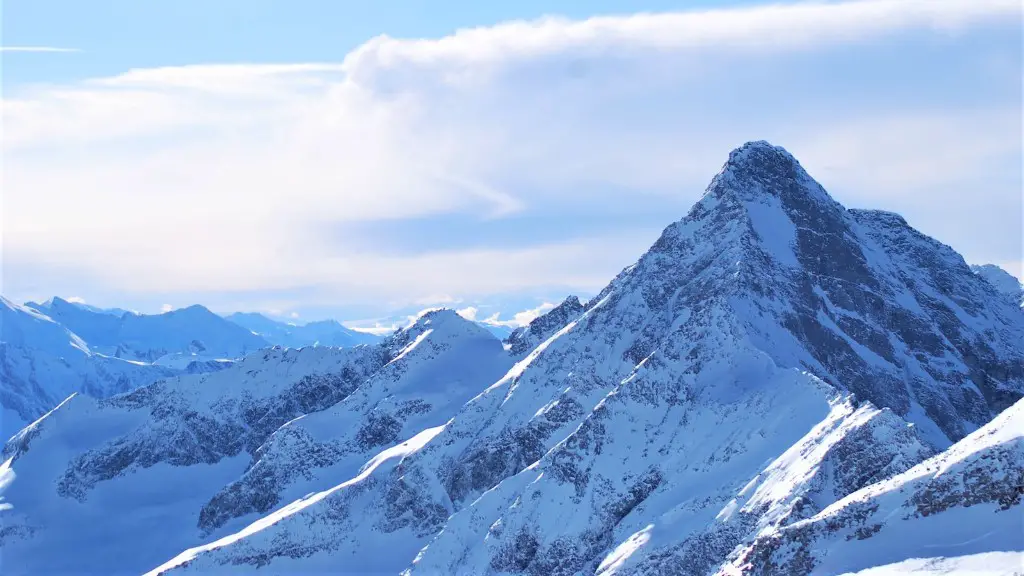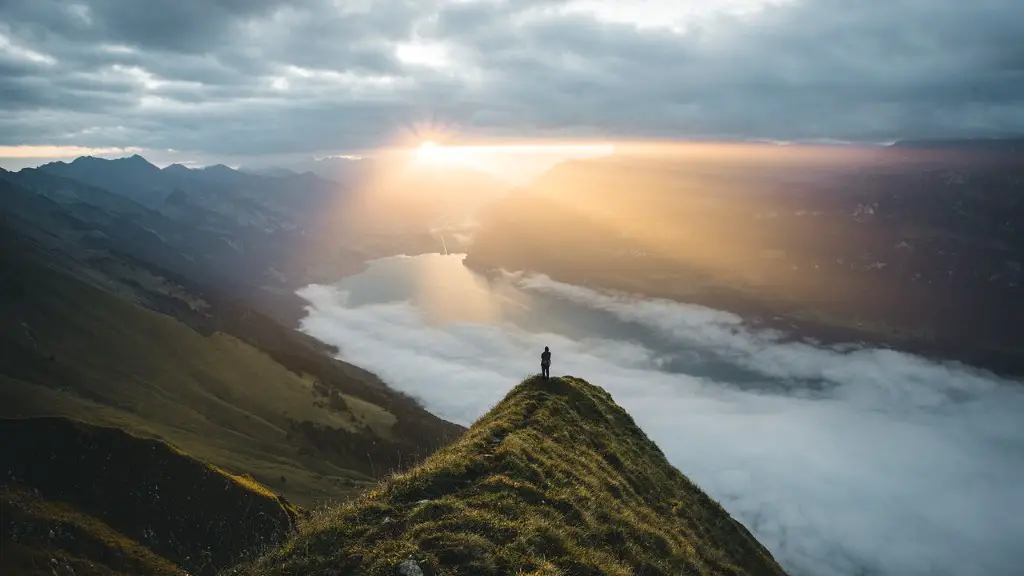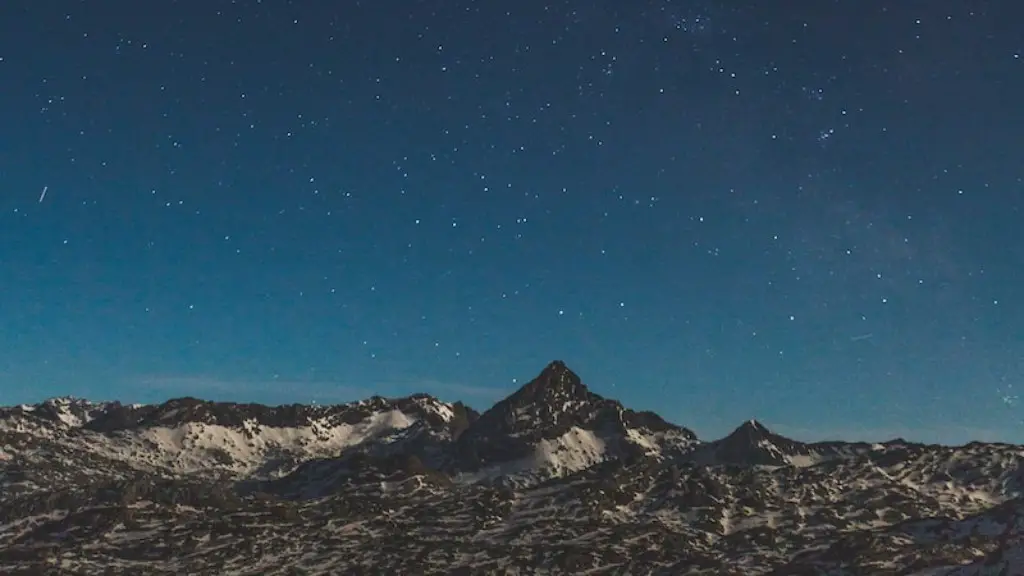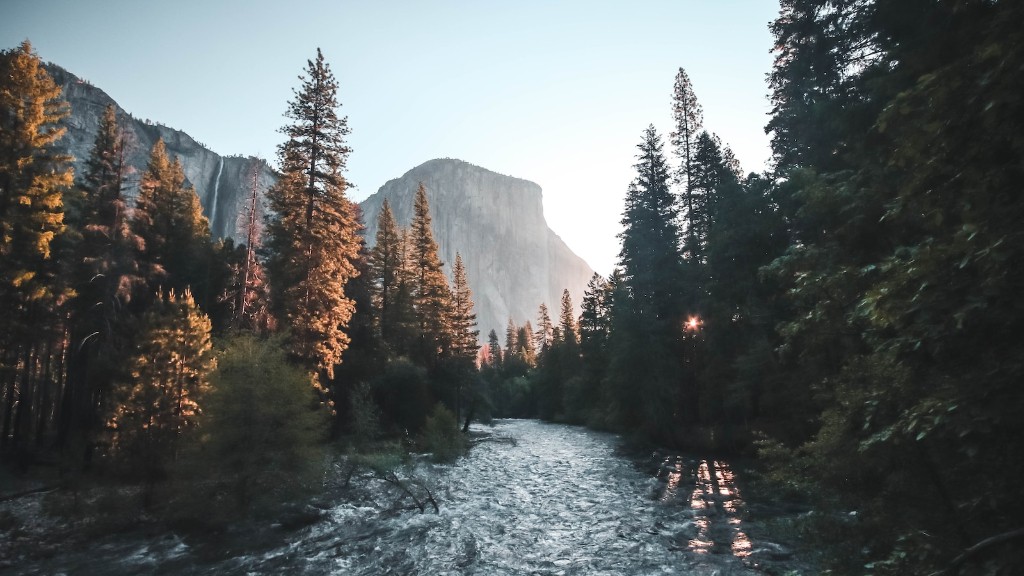The highest mountain in Africa, Mount Kilimanjaro is an imposing sight. The mountain is also one of the most popular trekking destinations in the world. Although it is possible to reach the summit without any technical climbing, the ascent is still challenging. This article provides a brief overview of how to climb Mount Kilimanjaro.
There is no one definitive answer to this question, as there are many different routes up Mount Kilimanjaro. However, some tips on how to successfully climb the mountain would include being in good physical shape, acclimatizing to the altitude slowly, and carrying proper supplies and equipment.
How difficult is Mount Kilimanjaro to climb?
Climbing Mount Kilimanjaro is a difficult feat that should not be taken lightly. More than 50% of climbers suffer from mountain sickness, making it an extreme altitude mountain trek. Measuring 19,341 feet, or 5,895 meters, you will need to prepare well and train before attempting to climb Kili.
Below are the airlines that fly directly to Kilimanjaro airport (JRO):
1. Kenya Airways
2. Tanzania Airways
3. Precision Air
4. Coastal Aviation
Can beginners climb Kilimanjaro
If you are considering climbing Kilimanjaro, it is important to be aware of the conditions and requirements. The best time to climb is during the dry season, from late June to early September. The mountain is also more crowded during this time. Beginners should be prepared for cold temperatures and high altitudes. It is important to consult with a doctor before undertaking such a challenge. The cost of climbing Kilimanjaro can vary depending on the route and the company you choose. Make sure to do your research and choose a reputable company.
It is important to note that the success rate of summiting Mount Kilimanjaro decreases the fewer days you have to complete the climb. For example, if you only have five days to complete the climb, your success rate will be lower than if you had nine days. This is because you will become more acclimatised to the altitude the longer you spend on the mountain, and will be less fatigued.
Do you need oxygen to climb Kilimanjaro?
Kilimanjaro’s altitude presents a significant challenge to climbers, but supplemental oxygen is not required to reach the summit. To acclimatize, climbers should walk slowly (pole pole) and sleep at lower altitudes.
The average cost to climb Kilimanjaro is $2000 to $6000, the price varies from cheap, budget operators to large Western travel agents selling outsourced climbs at an inflated price. There are various, unavoidable fixed costs to any tour operator and if a climb seems too cheap, you’ve got to ask yourself why.
A cheap tour might use lower quality equipment, have a lower staff to client ratio, use less experienced guides, or take shortcuts on the route that could jeopardize your safety. So, while it might be tempting to choose the cheapest option, it’s important to do your research and make sure you’re getting a quality climb for your money.
Can a normal person climb Kilimanjaro?
Climbing and summiting Mount Kilimanjaro is definitely achievable for the average person. You don’t need to be in great shape or have any technical climbing skills to do it. Just be prepared for a long, strenuous hike and you’ll be fine.
If you want to summit Mount Kilimanjaro, you have six different routes to choose from. The shortest routes are the Marangu and Umbwe Routes, which can be completed in five days. However, we don’t recommend doing either of these routes in such a short time frame.
Is Kilimanjaro or Everest harder
Most people would agree that summiting Mount Kilimanjaro is harder than trekking to Everest Base Camp. Although there are some aspects of the Everest Base Camp trek that may be more challenging, like the higher altitude, in general, people feel that Kilimanjaro is the more difficult of the two treks. The main reason for this is summit night. Reaching the summit of Kilimanjaro is a huge accomplishment and requires a lot of stamina, endurance, and mental strength. So, if you’re looking for a challenge, Kilimanjaro is the trek for you!
The temperature on Mount Kilimanjaro is determined more by the altitude and time of day. At the base of the mountain, the average temperature is around 21 to 27 degrees Celsius and at the summit, Uhuru Peak, the night time temperatures can range between 20 and -20 degrees Fahrenheit (-7 to -29 degrees Celsius).
Do you have to be fit to climb Kilimanjaro?
Many people underestimate how difficult it is to climb Kilimanjaro, thinking that because it is not a sheer rock face, it must be an easy hike. However, the altitude and the endless uphill hiking can be very grueling, even for those who are in good physical shape. It is important to be in good physical condition before undertaking this challenge, and to be prepared for the mental and emotional challenges as well as the physical ones.
It is most common at altitudes above 2400 metres Kilimanjaro’s peak is nearly 6000 metres above sea level At this height, the air pressure (and the amount of oxygen it contains) is less than half that at sea level, and has been said to be comparable to ‘working with only one lung’.
How far do you walk each day on Kilimanjaro
The trek up Mount Kilimanjaro is no joke – it’s a full day of hiking, and you’ll cover a lot of ground (112 miles/181 km). You’ll be starting at either Barafu or Kosovo Camp, and you’ll need to be prepared for a strenuous hike all the way up to the summit. The good news is that once you reach the top, it’s all downhill from there!
Although it is possible to climb Mount Kilimanjaro in as little as five days, it is far more likely that you will be successful if you give yourself more time. A minimum of six days, and ideally seven or eight, will give you a much better chance of making it to the summit. If you have more time to spare, there are several more gradual and scenic routes that can be taken over the course of 10 or more days.
What is the success rate of Kilimanjaro?
Assuming that you would like a brief overview of the research published by the Climb Kilimanjaro Guide:
The research shows that the average success rate for climbers across all routes is 65%. This means that out of every 100 climbers, 65 will successfully reach the summit. The most popular routes are the Marangu Route (also known as the Coca-Cola Route) and the Machame Route. The Marangu Route has the highest success rate at 80%, while the Machame Route has a success rate of 63%.
If you’re planning on trekking up Kilimanjaro, be prepared to lower your expectations for the public toilets. The facilities on Kilimanjaro do not feature western style toilets, nor do they have sinks with hot water or soap dispensers. Many of them do not even have a door, but a walk around wall for privacy instead.
Final Words
To climb Mount Kilimanjaro, you’ll need to be in good physical condition and have some experience hiking. The best time to climb is during the dry season from late June to early October. To get to the mountain, fly into Kilimanjaro International Airport and then take a bus or taxi to the town of Moshi. From there, you can arrange a guided tour or hike the mountain on your own.
Whether you’re an experienced hiker or a first-time climber, summiting Mount Kilimanjaro is an incredible accomplishment. At 19,341 feet, it’s the tallest mountain in Africa and the tallest freestanding mountain in the world. The climb is not technical, but it is strenuous and can be dangerous. Here’s what you need to know to make your summit bid successful.
